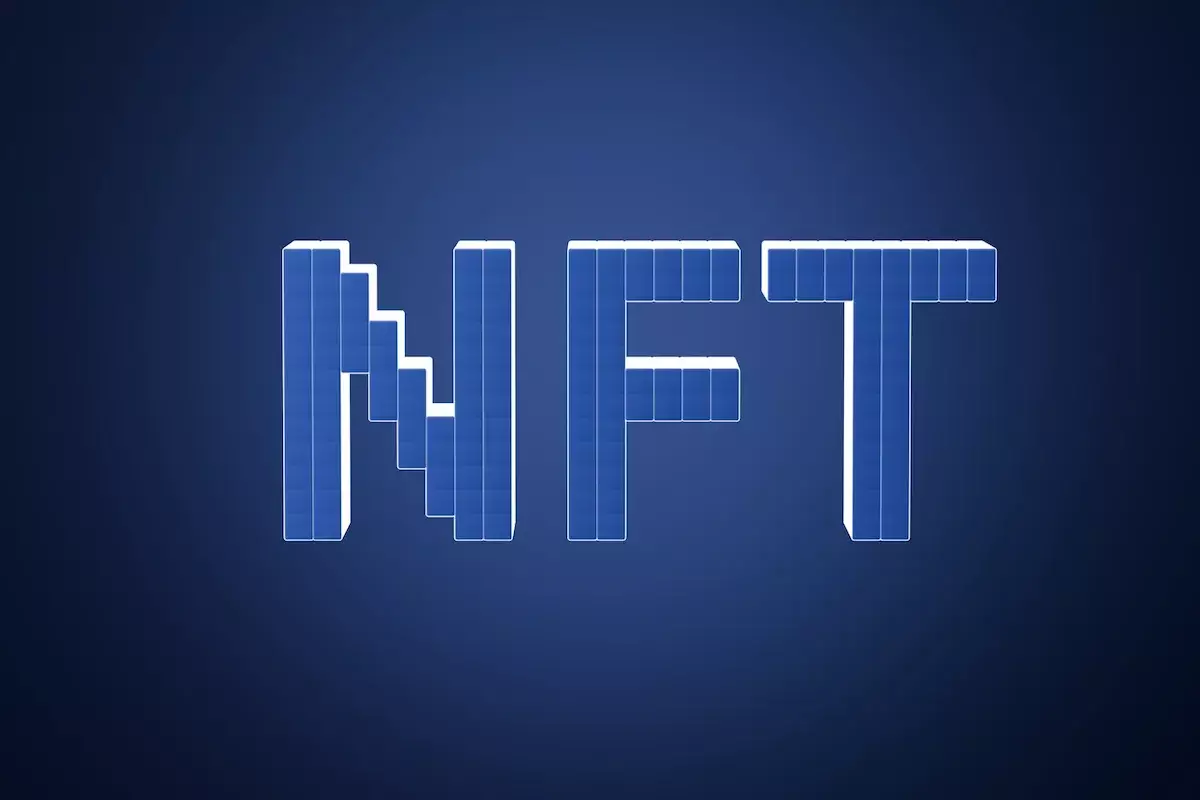The cryptocurrency landscape has given rise to various new terminologies, one of which is the expression “NFT whale.” If you’ve found yourself perplexed by this phrase during your digital wanderings, you’re not alone. NFT whales are not just abstract figures; they are entities or individuals holding substantial quantities of specific NFTs or entire collections. Their influence on the market cannot be overstated. When an NFT whale makes a significant transaction—whether it’s a massive buy or sell—it can lead to noticeable market shifts, demonstrating the phenomenon where one person’s actions can ripple through the wider community of traders and collectors.
Consider the sheer power that these whales wield: when they buy large amounts of a particular NFT or sweep the floor prices, they can generate FOMO, or fear of missing out, among other investors. Conversely, if they decide to liquidate their assets, it can trigger panic selling, causing prices to plummet across the board. This brings an added layer of complexity to the pricing dynamics within the NFT market; large purchases often lift a project’s floor prices while substantial sell-offs can have the opposite effect.
One of the most compelling aspects of the blockchain is its inherent transparency. All transactions made are recorded permanently, creating an open ledger that anyone can access. Using block explorers like Etherscan, enthusiasts can trace the history of an NFT from its inception to its various exchanges in ownership. However, while wallet addresses are public, the identities of the people behind those wallets remain largely pseudonymous unless explicitly disclosed.
This anonymity poses both opportunities and risks. On one hand, it allows privacy protection for investors. On the other hand, it necessitates caution, particularly when verifying the legitimacy of transactions. Misinformation regarding contract addresses or wallet identities can lead unwitting buyers into scams. Thus, it becomes crucial to cross-reference information through trusted sources, enhanced with the edge that blockchain technology provides.
Tools for Tracking NFT Whales
Keeping tabs on NFT whales can initially appear to be a daunting task. Fortunately, several specialized platforms have emerged to streamline this process. Etherscan and its counterparts—BscScan, Polygonscan—allow for quick searches of wallet activities. Nansen, another favorite among collectors, offers an intuitive interface, complete with insightful features that highlight the behavior of known whale wallets, such as large-scale purchases (‘smart money’) or consistent transactional patterns.
Dune Analytics invites users to engage in community-driven analytics and visualizations, allowing for deeper dives into specific projects. Social media platforms like Twitter and community forums on Discord or Telegram also offer real-time information on whale behaviors through alerts and updates, making it easier for collectors to stay informed about market movements.
Analyzing Whale Behavior
To understand the impact of whale activity, an interested observer might start by tracking behaviors within popular collections, such as CryptoPunks. Begin by identifying a collection’s contract address on a block explorer. From there, it’s feasible to locate the top wallets ranked by their holdings, allowing for the establishment of a “whale watch” list. Using analytics platforms to observe transaction patterns can provide valuable insights into the mindset of these large-scale collectors.
Observing whether a whale is floor sweeping—buying a multitude of NFTs at current low prices—can indicate bullish market sentiment. Conversely, if they hold onto their acquisitions for a substantial period, this can signify conviction in a project’s long-term value. However, frequent flips by a whale may suggest speculative behavior rather than commitment.
Red Flags and Caution in Whale Watching
Despite the potential insights gleaned from monitoring whales, there are stark realities within the NFT space that require careful navigation. Manipulation with tactics such as wash trading can falsely inflate demand and mislead lesser-informed investors. Similarly, pump-and-dump schemes where whales inflate a project’s hype only to cash out en masse can create a precarious environment for newcomers.
As such, it’s vital for collectors to remember the importance of due diligence. Relying solely on the actions of whales can be a precarious strategy; individuals must carry out their own analysis based on project fundamentals, team credibility, and market trends.
The NFT marketplace is exhilarating and dynamic, yet it’s essential to exercise caution, particularly regarding whale behavior. As powerful influencers, they offer insights into market psychology, but their actions should serve as merely one part of a broader research process.
In a real-world instance, a prominent whale once picked up a significant number of Bored Ape Yacht Club NFTs in a single transaction. Shortly thereafter, the price rallied, showcasing how one individual’s action reverberated through the market. However, this is a reminder that even whales can make mistakes.
While engaging in NFT trading, maintain curiosity and stay informed, but critically assess whale activity rather than treating it as gospel. By combining on-chain data with rigorous research, collectors can navigate this exhilarating yet complex space with improved confidence and insight.















